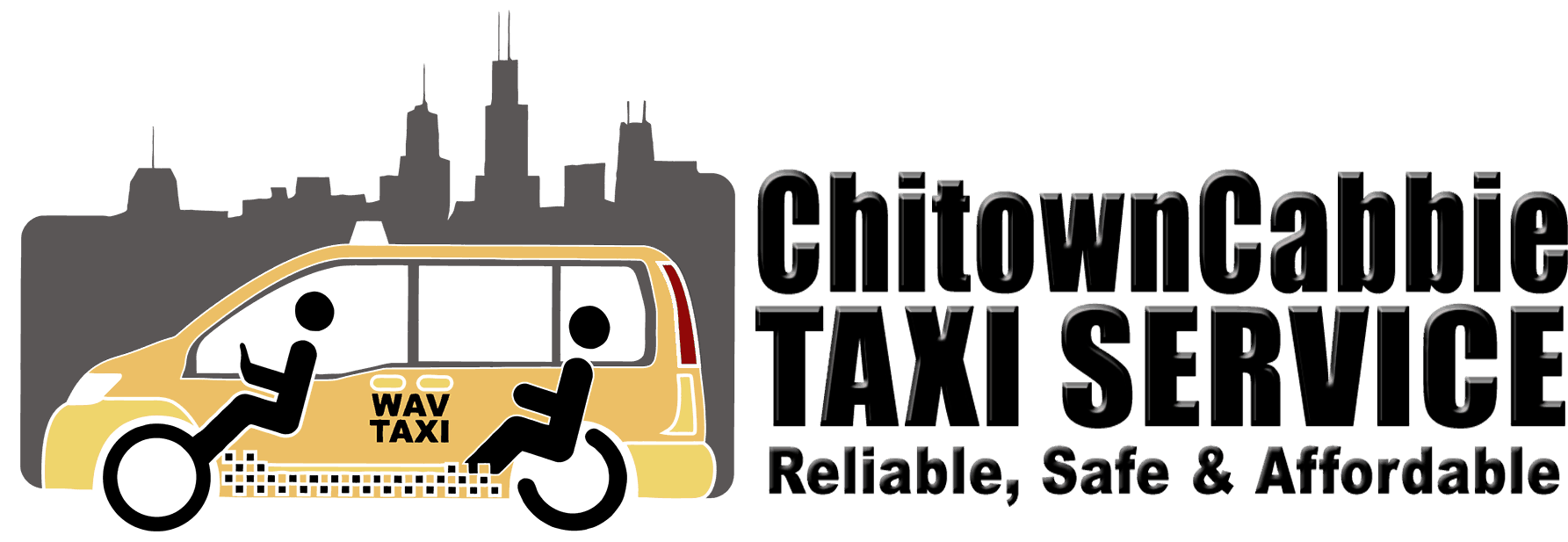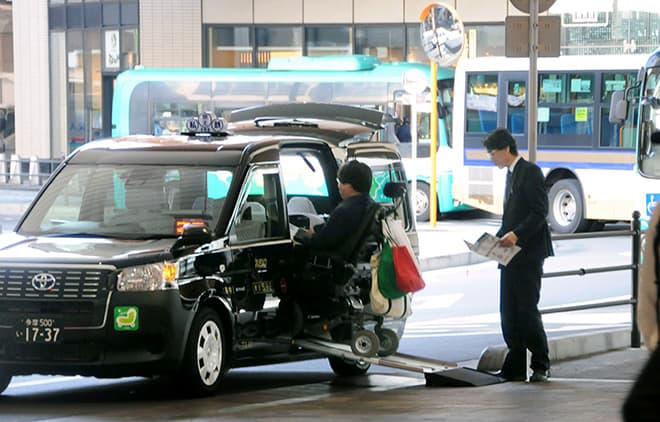A survey done by the Japan National Assembly of Disabled Peoples’ International (DPI-Japan) revealed that universal design (UD) taxis that are capable of transporting wheelchairs turned away 27% of wheelchair-bound participants.
The group carried out the survey on various companies that provide UD taxis on Oct. 30 to investigate complaints that such taxis were turning away passengers with disabilities.
The study covered three situations: on the street, at taxi stands, phone or app reservations. The overall result showed that UD taxis refused 32 of 120 wheelchair users.
From the participants, taxi drivers refused 5 of 25 people who hailed taxis on the street. Meanwhile, cabbies snubbed 9 of the 37 participants who hailed UD cabs at a taxi stand. Finally, eighteen of the 58 passengers who tried to reserve UD taxis were refused.
Furthermore, at one point, a taxi driver reportedly did not know how to attach a ramp to the back door of the car to help wheelchair users get onboard.
“The driver said they didn’t have a ramp,” explained one wheelchair user. Another rejected individual said the driver “clearly looked away and ignored me.”
The results also showed that drivers give out redundant excuses to their passengers. Some of which included: “Our company said electric wheelchairs can’t be accommodated”. Taxi drivers also say: “We don’t accept those reservations because it takes too much time to get passengers in wheelchairs in and out of the taxi”.
Additionally, the 8% difference of rejected individuals from inside and outside the capital highlighted regional differences. In fact, it took an average of 11 minutes for a wheelchair user to properly transfer into the car.
As the Tokyo Olympics and Paralympics is starting soon, the number of wheelchair-bound passengers will undoubtedly increase. Hence, it is the right time to examine whether universal design taxis will accommodate wheelchair users, how much time it takes for them to enter the car and other facts surrounding the special vehicles. Moreover, about 20,000 UD taxis were on the road as of March 2018. The government aims to increase the number to 44,000 by the end of March 2021 to accommodate the increase in demand for these services.
DPI-Japan urged the transport ministry and taxi industry groups to ensure UD taxi companies and drivers improve their services.
Satoshi Sato, DPI-Japan’s secretary-general explained that some drivers are highly-aware and professional. “But as a whole, it’s hard to say the situation has improved,” the secretary-general said. “The taxi industry needs to keep doing more.”
Moreover, a transport ministry official said positive comments on UD taxis “weren’t so many”. Consequently, the ministry is now considering its next steps on the issue, the official added.
“I urge that taxi companies continue to provide practical training,” a wheelchair passenger said.


